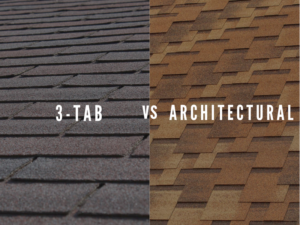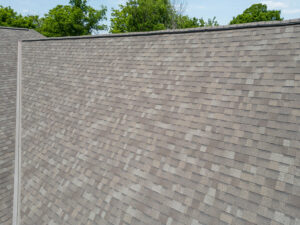The Pros and Cons of Different House Roof Types
When it comes to choosing the right roof for your home, there are many factors to consider. From style and cost-efficiency to waterproofing and insulation, different types of roofs can offer a range of benefits – but also disadvantages. Pitched, flat, hip/gable, skillion, mansard, bonnet, Dutch gambrel and butterfly roofs all have their own unique characteristics that can help or hinder when it comes to keeping your house looking good while protecting it from the elements. In this article we’ll explore some of the pros and cons of different house roof types so you can make an informed decision about which one is right for you.
Pitched roofs, such as those you may find on a ranch-style house, are great for providing a classic look and protection from the weather. They can also help with insulation thanks to their angled design, which helps keep warm air in during winter months. However, they tend to be more expensive than other types of roofs and can require regular maintenance due to the weight of heavy snow accumulation in some areas.
Flat roofs are a popular choice for those looking for a modern look and low weight. They’re also relatively easy to construct and maintain, however they don’t provide much insulation or protection from the weather. These roofs can be prone to leaking if not properly maintained, so it’s important that you take steps to ensure it is waterproofed.
Hip/gable roofs are similar to pitched roofs but with a slightly lower angle. This makes them more aesthetically pleasing and can help reduce noise from rain or snowfall. They are also typically stronger and more durable than flat roofs, however they may be too expensive for some homeowners.
Skillion roofs have an angled design that slopes down in a single direction, making them ideal for areas where space is limited. These types of roofs are often used in modern homes and are relatively affordable to install. However, they can be vulnerable to leaks due to their single-slope design and may not provide adequate insulation from the elements.
Mansard roofs have a double-sloped design with a steeply pitched lower section for drainage and ventilation. While this type of roof looks attractive and can help reduce energy costs by providing better insulation, it is expensive to install and maintain.
Bonnet roofs have a curved design that slopes downwards on all sides like an inverted bowl. These types of roofs are aesthetically pleasing and also provide good drainage and ventilation, however they may be too costly for some homeowners due to the materials and labor involved in installation.
Dutch gambrel roofs are similar to gabled roofs but have a shallower angle on the upper section, making them look more like an upside-down V when viewed from the side. They can provide good drainage and ventilation but may not be as durable as other types of roofs due to their lower pitch.
Finally, butterfly roofs have a unique design with two sloped sections on either side that come together in the middle. They are ideal for those who want something different and can provide good insulation due to the air pockets created by their shape. However, this type of roof may not be as durable as other types and can be expensive to install due to their complex design.




